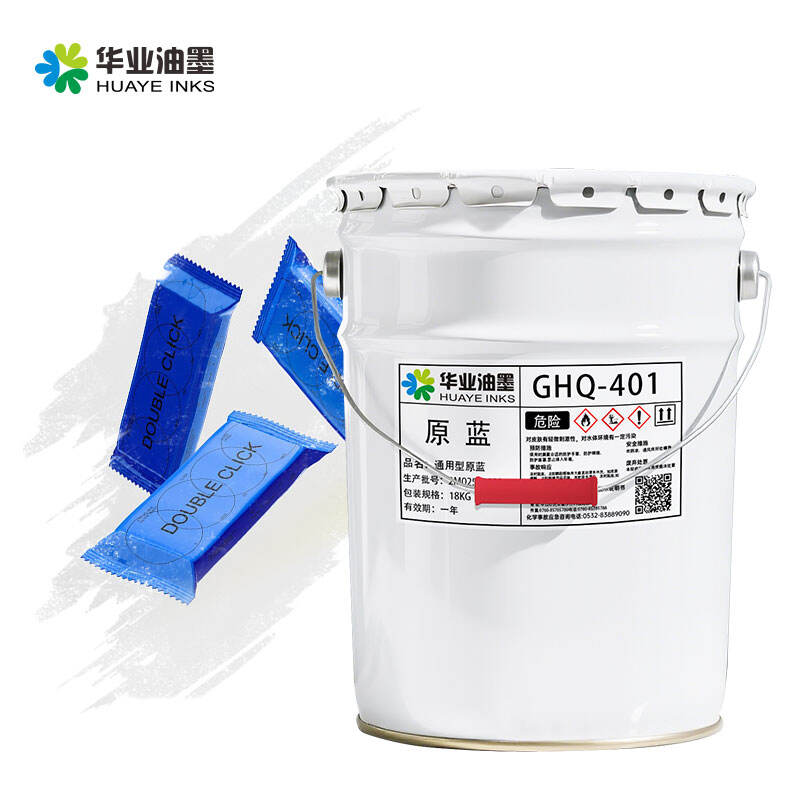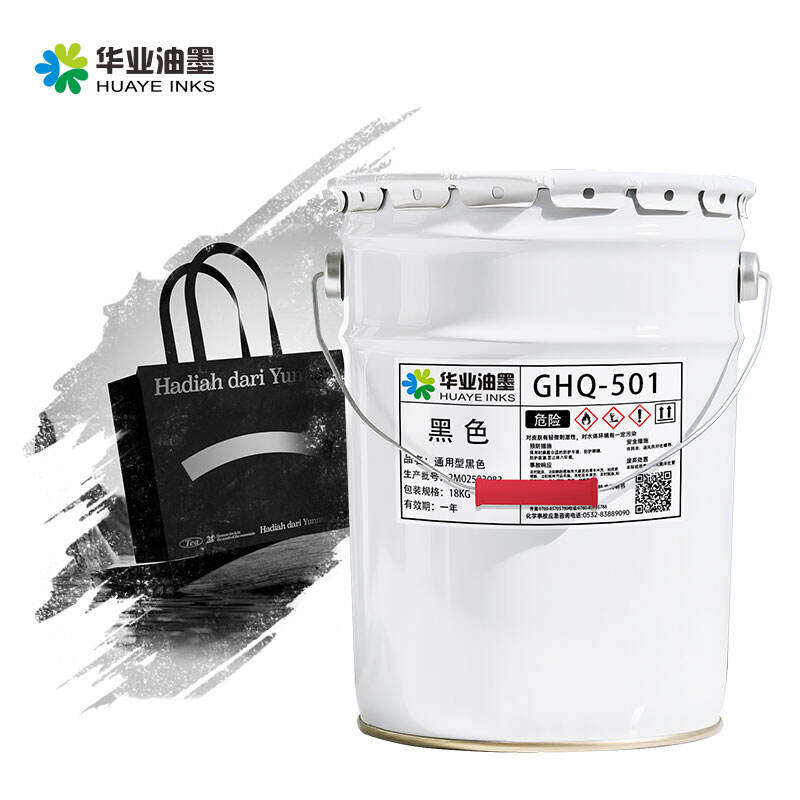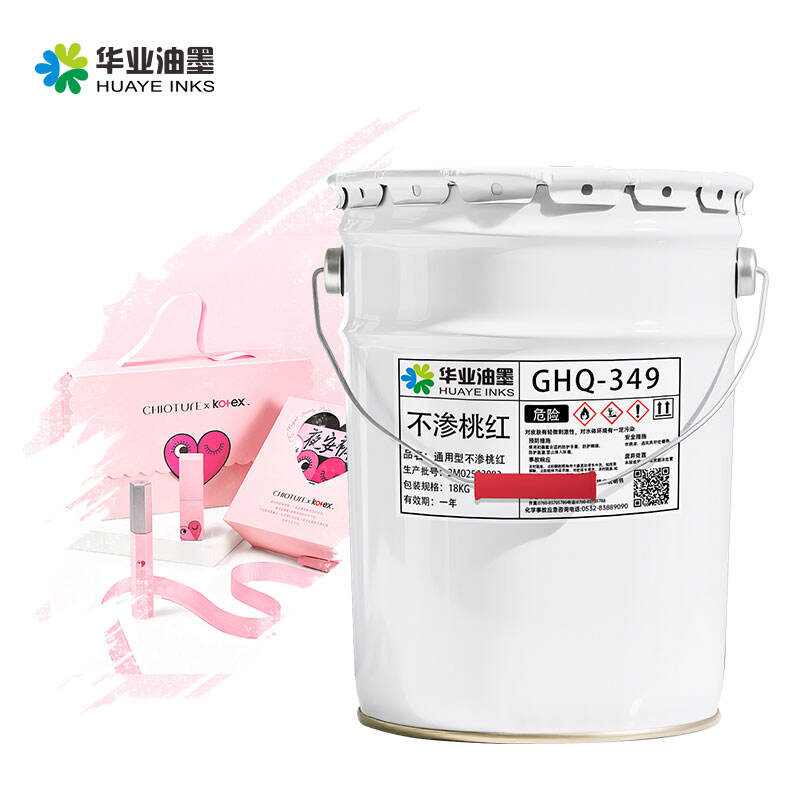No.2 Jieging Road ,Shazai industrial Park, Minzhong Zhongshan City, Guangdong Province
Oil inks, a traditional yet still widely used type of ink, have a long - standing history in the printing industry and offer unique characteristics that make them suitable for various printing applications. These inks are primarily composed of pigments dispersed in an oil - based vehicle, which can be derived from natural or synthetic sources. One of the key features of oil inks is their excellent film - forming properties. The oil vehicle in the ink helps to create a smooth, continuous film on the substrate when the ink dries. This results in prints with good opacity and color density, making oil inks ideal for applications where a rich, solid color appearance is desired, such as in offset printing for high - quality publications, packaging, and labels. The film formed by oil inks also provides a certain level of durability, protecting the printed images from minor abrasion and environmental factors to some extent. Oil inks are known for their slow - drying nature compared to some other ink types. This characteristic can be both an advantage and a disadvantage. On one hand, the slower drying allows for better ink transfer and blending during the printing process, enabling the creation of smooth gradients and detailed color transitions. It is particularly beneficial in processes like offset lithography, where precise ink laydown and color matching are crucial. On the other hand, the longer drying time may increase the production cycle and requires proper drying and handling procedures to prevent smudging or offsetting. The color performance of oil inks is often outstanding. They can produce a wide range of colors with good color stability over time. The pigments used in oil inks are carefully selected for their lightfastness and color - rendering properties, ensuring that the printed colors remain vibrant and true for an extended period. This makes oil inks suitable for applications where long - term color preservation is important, such as in art prints and archival documents. However, oil inks also have some environmental considerations. Traditional oil - based inks may contain solvents and other chemicals that can release VOCs during the drying process. In response to growing environmental concerns, the industry has been developing more environmentally friendly oil ink formulations, such as those based on vegetable oils. These eco - friendly alternatives aim to reduce the environmental impact while maintaining the excellent printing performance of oil inks.


